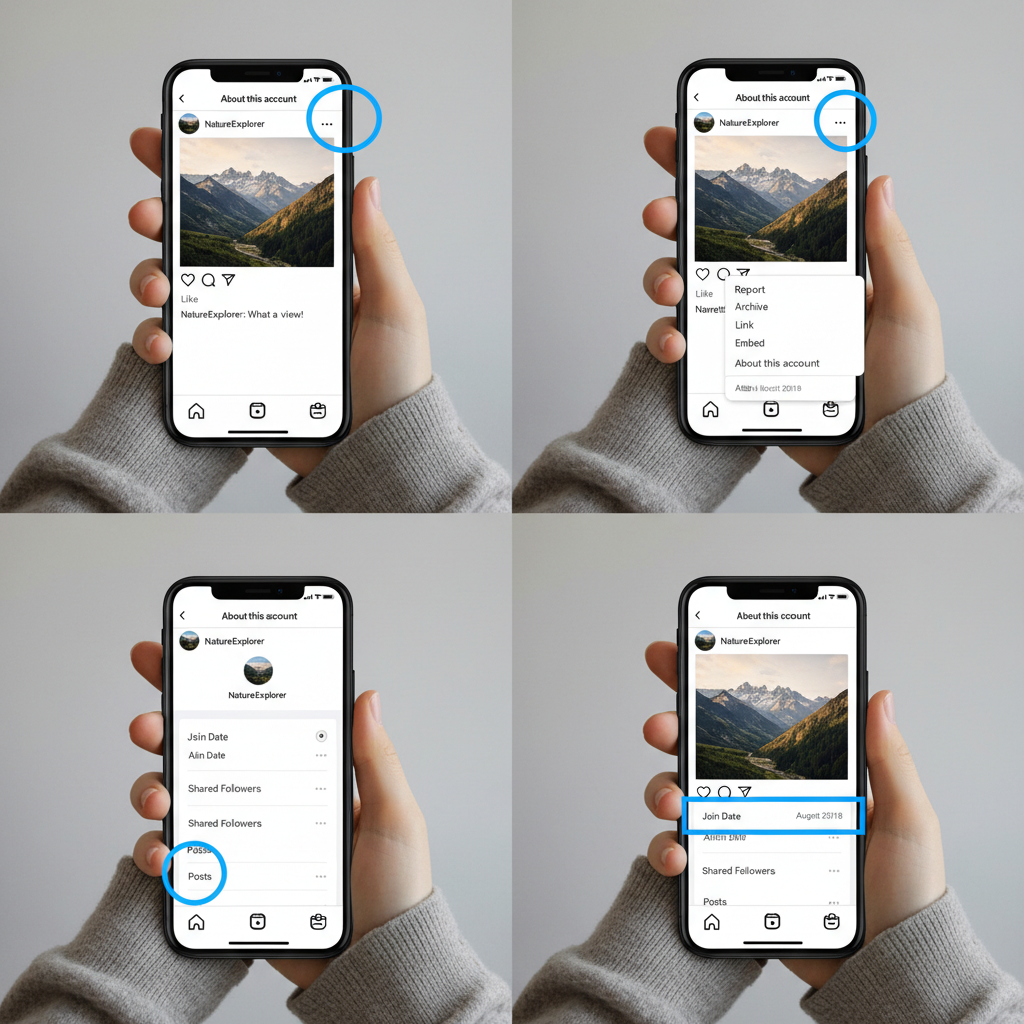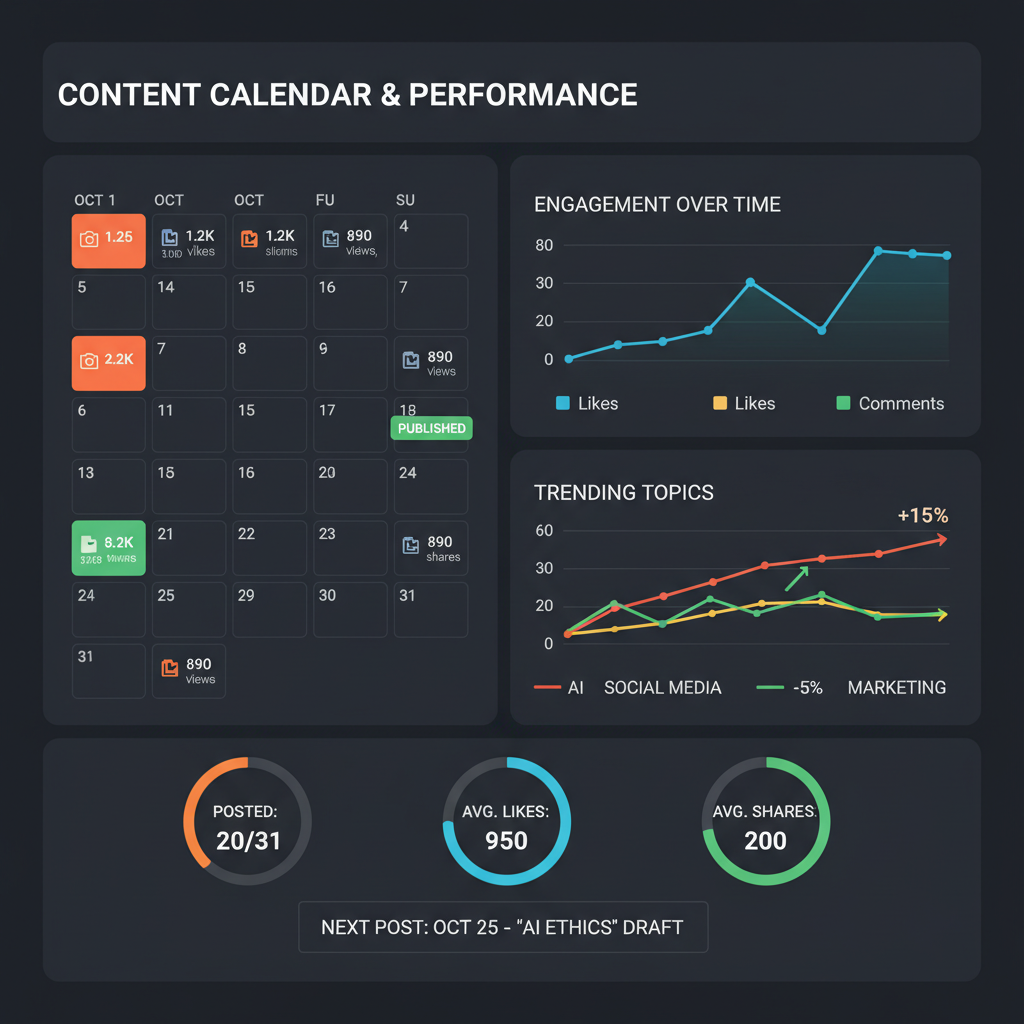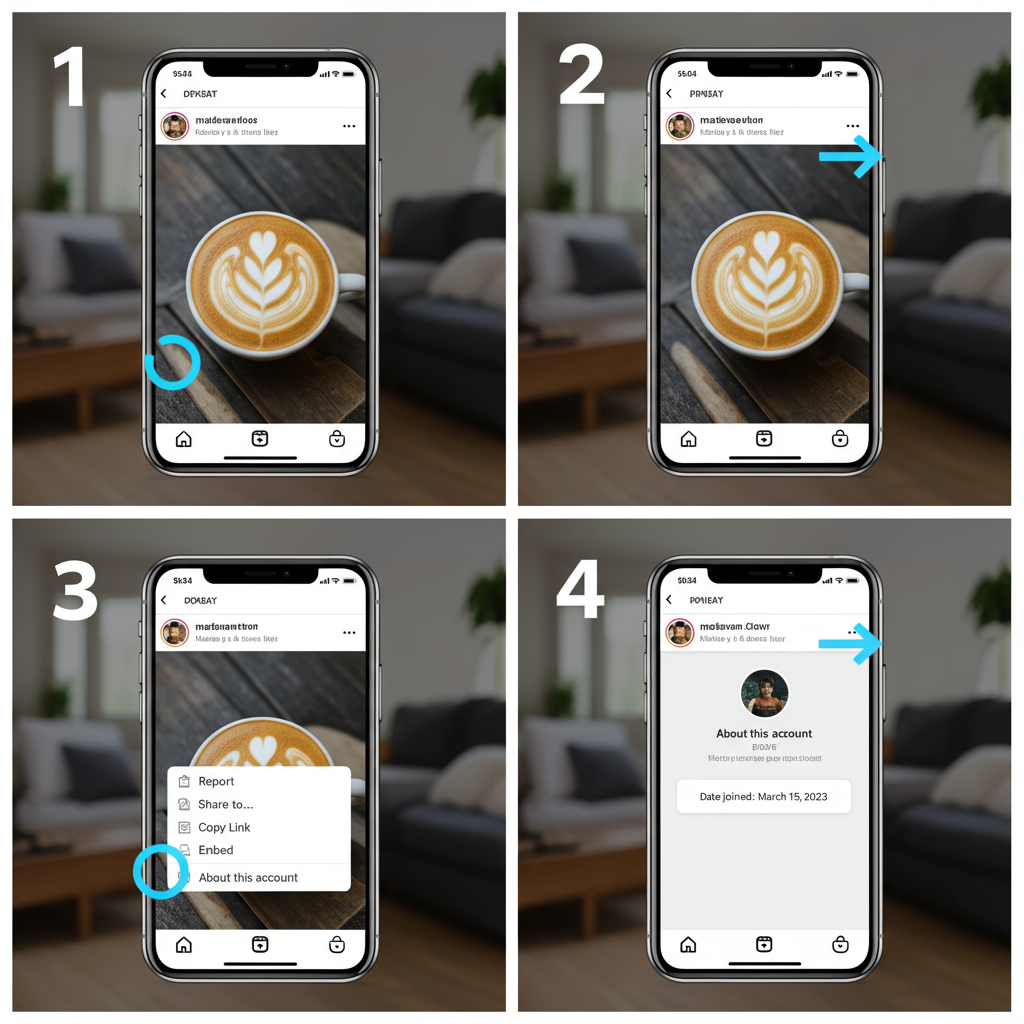Find the Exact Instagram Date of Any Post
Learn how to find exact Instagram post dates and timestamps to improve engagement analysis, verify credibility, and optimize your posting strategy.

Understanding Instagram Post Dates for Better Engagement and Credibility
In the competitive landscape of social media marketing, timing can make or break a campaign’s success. Accurately knowing an Instagram date of a post is essential for brands, influencers, and analysts alike. It helps you measure engagement patterns, validate authenticity of information, and fine-tune posting schedules. This guide explains how Instagram displays dates, how to uncover exact timestamps, and ways to use this data for content strategy and analytics while maintaining ethical standards.
---
Why Instagram Post Dates Matter for Engagement and Credibility
In the fast-paced world of social media, timing is everything. Knowing the Instagram date of a post can help you:
- Gauge audience engagement patterns.
- Verify the credibility of information or breaking news.
- Track content performance trends over weeks or months.
- Align posting schedules with optimal reach times.
For brands and influencers, a visible and accurate post date reinforces transparency. Followers can understand context, relevance, and discoverability of content more effectively.

---
How Instagram Displays Dates vs Exact Timestamps
Instagram typically shows dates in a simplified format:
- "1h" (hours ago)
- "Yesterday"
- "January 12"
- Just the year for older posts
While the mobile app displays relative time for recent posts, exact timestamps are hidden. On desktop, you'll see absolute dates but not times.
This simplification helps casual browsing but can be limiting when you need precision, such as for analytics or legal documentation.
---
Step-by-Step Guide to Locate a Post’s Date in the App
Finding the date on your own or someone else's profile via the mobile app:
- Open Instagram and navigate to the desired profile.
- Scroll to the post you want to check.
- Tap on the post to open it.
- Look directly under the username; for recent posts, you might see “2 days ago”.
- For older posts, scroll below the caption to find the displayed month and day.
Note: The app does not natively provide exact post times.
---
How to View Exact Post Time Using Desktop Browser Tools
Desktop browsers can help extract precise timestamps via a few extra steps.
Using Chrome's Developer Tools:
- Open Instagram in Chrome and log in.
- Navigate to the target post.
- Right-click the page and select Inspect.
- In the HTML code, locate the `` tag; it contains an attribute like `datetime="2024-05-14T14:30:00.000Z"`.
- Copy this timestamp—it is in UTC format.
Example code snippet:
May 14You can then convert UTC to your local time using online converters or programming languages like Python.
---

---
Methods to Check Date/Time of Someone Else’s Post
Whether for competitor research or influencer tracking, you can:
- Use desktop inspector method as above.
- Employ public APIs or scraping tools (note: follow the terms of service).
- Search for articles or reposts linking back to the original Instagram post.
- Use archive.org snapshots of profiles to cross-check dates.
All methods should respect privacy and platform guidelines.
---
Using Date Data for Content Strategy and Analytics
Dates are more than timestamps—they offer strategic insights:
- Analyze posting frequency and patterns.
- Identify seasonal content trends (holidays, events).
- Measure performance over time by correlating post dates with metrics like likes or comments.
You can cross-reference this data with analytics to determine optimal posting slots.
| Metric | Before Campaign | After Campaign | Change |
|---|---|---|---|
| Avg Likes/Post | 500 | 850 | +70% |
| Engagement Rate | 3.5% | 5.1% | +1.6% |
| Posting Frequency | Weekly | Twice Weekly | +100% |
---
Tracking Post Performance Over Time with Date References
When you log dates alongside analytics, trends become clear. For example:
- Posts made on weekends may have higher engagement for certain audiences.
- Morning versus evening posts can yield different results.
You can create a spreadsheet with columns for Post Date, Time, Likes, Comments, and Shares. This helps track metrics historically and adapt your strategy.
---
Common Issues: Missing Dates, Time Zone Differences, Deleted Posts
Challenges to expect include:
- Missing Dates: Old posts may only show the year.
- Time Zone Differences: Convert UTC timestamps to your local time to avoid misinterpretation.
- Deleted Posts: If a post is removed, its date may be recoverable via cached pages or archives.
Pro tip: Always record both the displayed date and the extracted timestamp for complete clarity.
---
Third-Party Tools and Ethical Considerations
Several third-party tools claim to offer Instagram post date tracking and analytics. While these can be powerful, they may violate Instagram's terms of service.
Ethical guidelines:
- Avoid tools that require logging in with credentials outside Instagram's app.
- Respect user privacy.
- Use official APIs where available for authorized data retrieval.
---

---
Best Practices for Archiving and Referencing Instagram Content Dates
Archiving is critical for researchers, journalists, and marketers.
Best practices include:
- Capture screenshots showing both post and date display.
- Note the exact timestamp from desktop inspection.
- Save the post URL alongside metadata.
- Consider using cloud-based documentation tools for safe storage.
Archiving ensures your reference remains valid even if the original post is removed or modified.
---
Summary and Next Steps
Understanding the Instagram date of a post offers more than just curiosity—it’s a powerful tool for engagement tracking, competitive analysis, and maintaining content integrity. By using both mobile and desktop methods to retrieve dates, and integrating them into your analytics workflows, you can refine your posting schedule for maximum results.
Start now: Apply these techniques to your latest posts, log the dates in a tracking sheet, and measure how timing impacts your engagement. This proactive approach will help you make data-driven decisions to grow your Instagram presence.




